Bechar 008
Achondrite, Howardite
Bechar, Algeria found 2022
What are howardites? Howardites are a kind of meteorite that scientists believe originated from asteroid 4 Vesta. Their name comes from a British chemist named Edward Charles Howard, born in 1774, who is remembered for his extensive contributions to meteorite science.
Specifically, howardite meteorites are achondritic regolith breccias.“Achondritic” means that they are achondrites and do not contain chondrules. “Regolith” refers to a loose blanket of rock fragments, soil, and dust that lies on top of solid rock. In fact, the Greek word “rhego” means “blanket.”A breccia is a rock that is made up of other angular rock fragments that were cemented together. This means we often see fragments of other HED meteorites, like eucrites and diogenites, inside howardites. We also see other meteorites, like carbonaceous chondrites, in howardites. Think of them as a mysterious, cosmic kaleidoscope!
Putting all those ideas together, regolith breccia from Vesta is a mix of angular, shard-like fragments of a variety of meteorites. They are smashed together with Vesta’s indigenous rock, and then blasted off into space by yet another giant meteorite impact that formed the massive craters we see on Vesta’s surface. It is quite an origin story.
Bechar 008 is an example of a howardite. A group of meteorite hunters in Alergia found fragments of this material in 2022. Later on, Mohamed Ali Loud bought about 1,700g of Bechar 008 from a meteorite dealer in Mauritania. When studied, scientists observe clasts of eucritic gabbro and diogenitic pyroxene inside of Bechar 008, among other features. In fact, 10-20% of Bechar 008’s volume is diognetic components.
Showing all 12 results
-

Bechar 008 23.7g
$356.00 Add to cart -
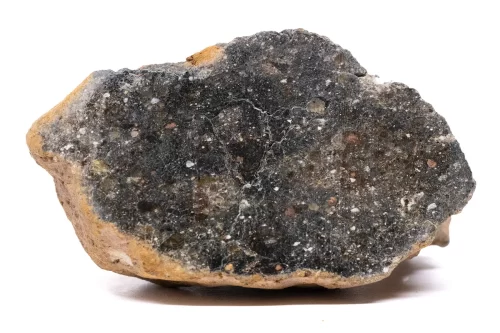
Bechar 008 29.6g
$444.00 Add to cart -

Bechar 008 31.1g
$395.00 Add to cart -

Bechar 008 32.1g
$409.00 Add to cart -

Bechar 008 32.7g
$415.00 Add to cart -
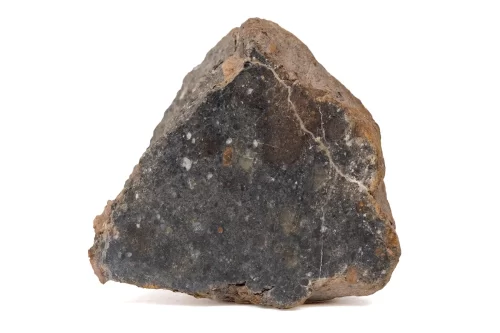
Bechar 008 33.6g
$425.00 Add to cart -
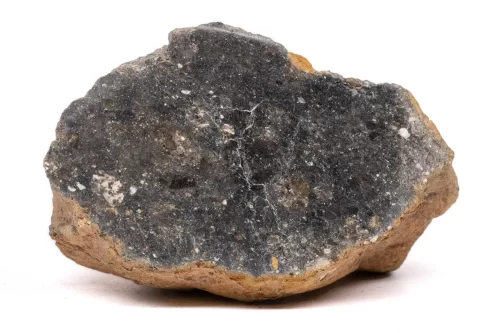
Bechar 008 37.5g
$478.00 Add to cart -
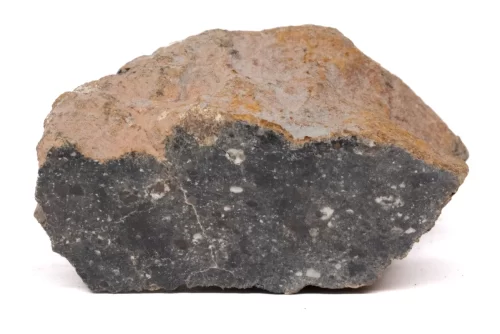
Bechar 008 38.7g
$494.00 Add to cart -
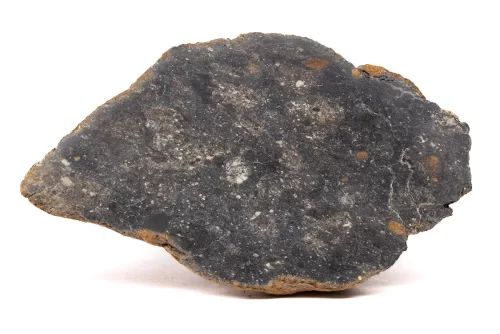
Bechar 008 56.3g
$717.00 Add to cart -
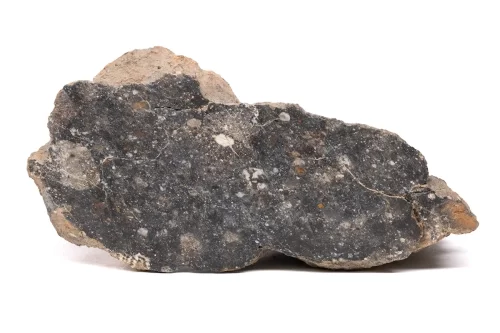
Bechar 008 88.2g
$1,125.00 Add to cart -
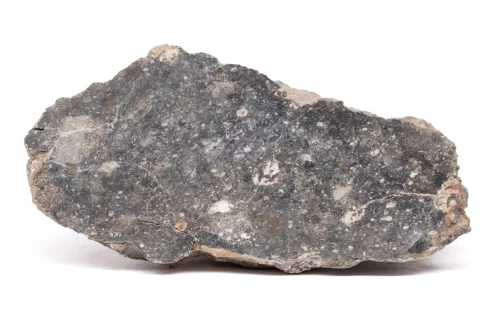
Bechar 008 89.8g
$1,145.00 Add to cart -
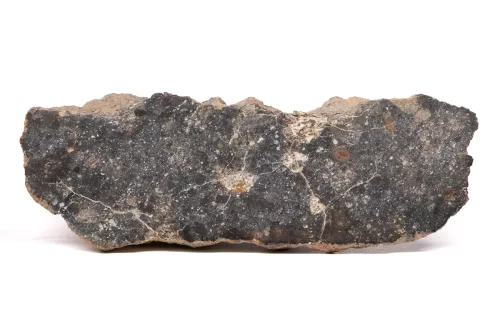
Bechar 008 93.8g
$1,145.00 Add to cart